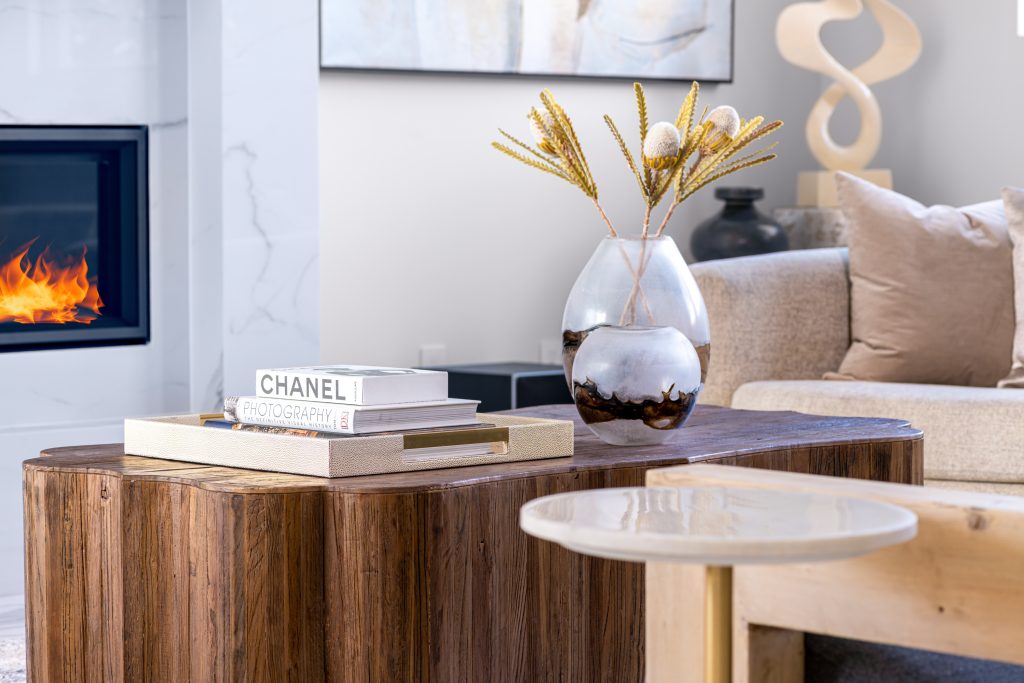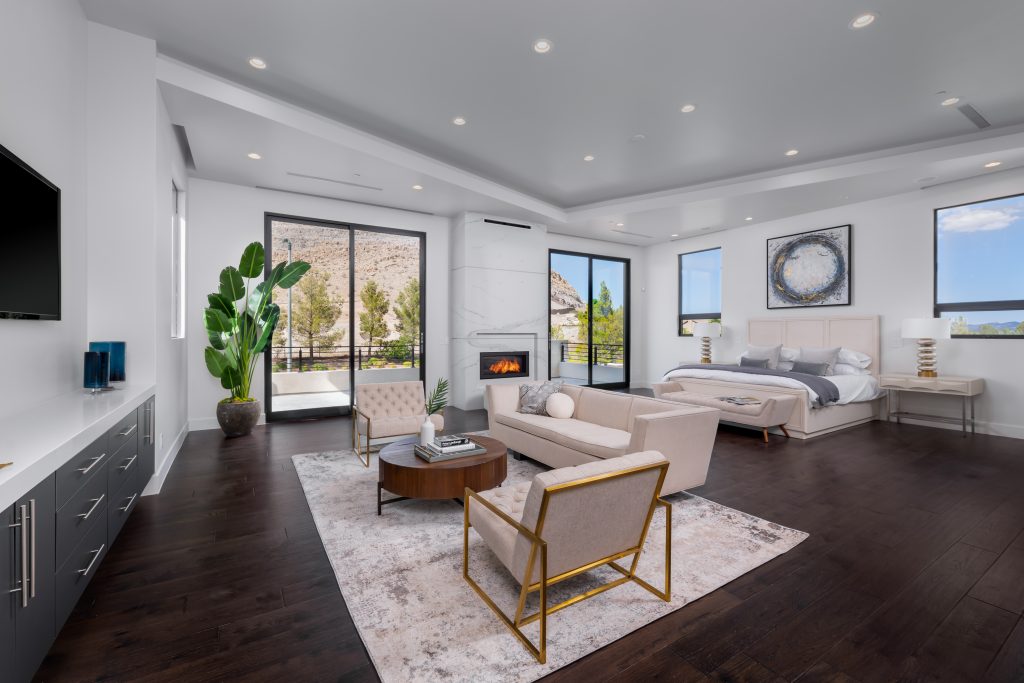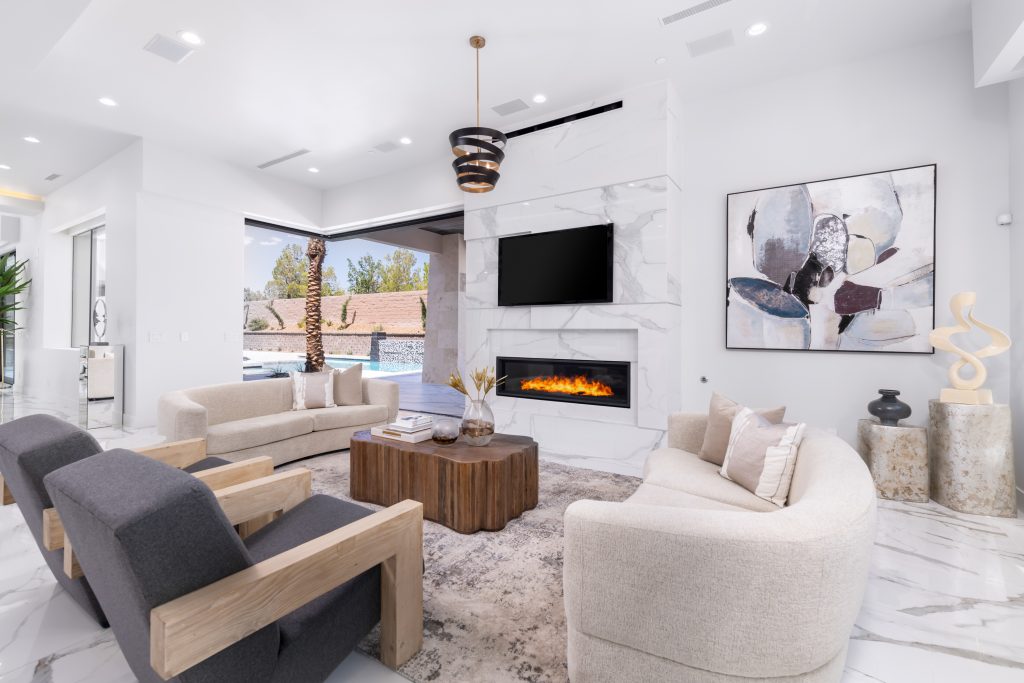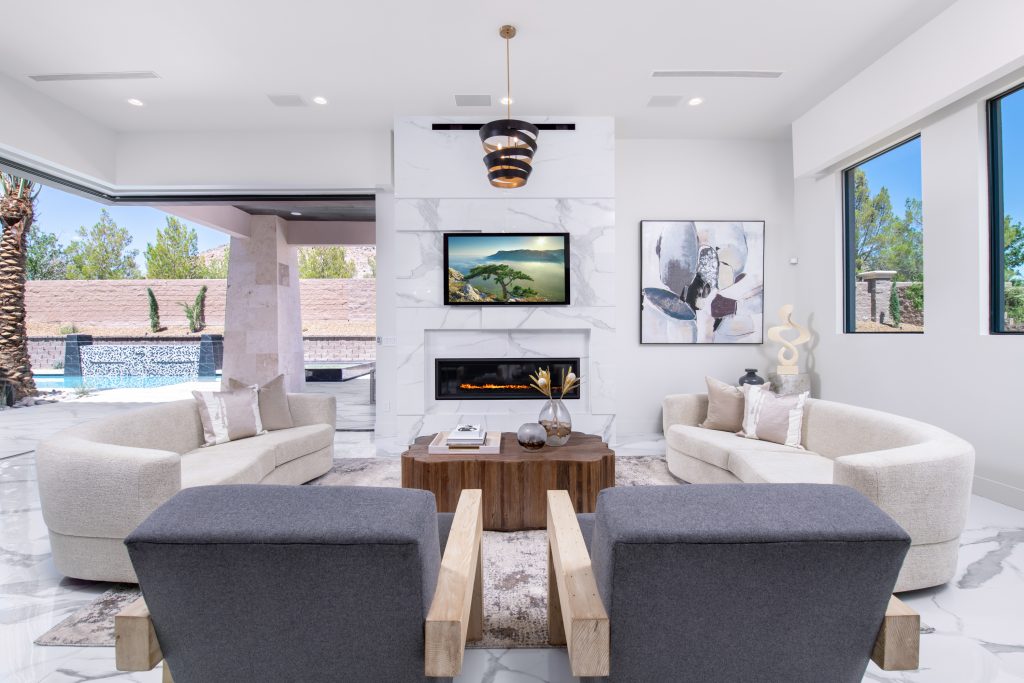Why Home Staging Matters in 2023: Facts, Statistics, and Benefits
Table of Contents
Looking to sell your home in 2023?
The real estate landscape has always been competitive, but with the evolution of online property listings and virtual tours, the presentation of your home has never been more critical. Unveiling the secrets of staging companies in real estate reveals that staging your home can be the game-changer you need.
Home staging has become increasingly important in the real estate market. It is a strategic approach that aims to present a property in its best possible light. By highlighting its key features and creating a visually appealing atmosphere, home staging can significantly increase the chances of a successful sale. Statistics show that staged homes tend to sell faster and at higher prices compared to unstaged properties. Additionally, staged homes often attract more potential buyers and generate increased interest in the market. Ultimately, investing in professional home staging can yield substantial benefits for both sellers and real estate agents.
What is Home Staging?
Home staging is the meticulous process of decorating a property to highlight its best features, enabling potential buyers to envision themselves living in the space. It’s not just about placing some fancy furniture around; it’s about telling a story. Even small tweaks, such as rearranging furniture or updating style, can significantly influence a buyer’s perception in this challenging market.

Home Staging Facts:
- First Impressions Matter: Over 90% of potential buyers start their property search online. Staged homes often make a more impactful first visual impression, drawing more interest from online listings.
- ROI on Staging: For every $100 invested in staging, the potential return is about $400, as indicated in earlier studies.
- Reduced Time on Market: Staged homes, on average, sell 50% faster than unstaged ones.
- Higher Sale Price: Professionally staged homes can sell for 6-20% more than homes that are not staged, depending on the market.
- Buyers’ Perspective: Over 80% of buyers find it easier to visualize a staged property as their future home.
- Virtual Staging Growth: Since the rise of online home listings and virtual tours, especially post-pandemic, virtual staging has grown in popularity as a cost-effective alternative to traditional staging.
- Cost vs. Reduction: The investment in home staging is often less than the initial price reduction if a home doesn’t sell quickly.
- Essential Rooms to Stage: The living room, kitchen, and master bedroom are often considered the most important rooms to stage, having the greatest impact on potential buyers.
- Decluttering is King: The most recommended home improvement task for sellers is decluttering, followed closely by a deep cleaning.
- Staging vs. Vacant Homes: Vacant homes often stay on the market longer than those that are staged. Potential buyers can struggle to visualize how spaces can be used without the context furniture provides.
- Emotional Impact: Staged homes can help build an emotional connection, making buyers feel more “at home” during showings.
- Staging Isn’t Just for Luxury Homes: While often associated with high-end homes, staging has been effective across all market segments, from compact apartments to expansive estates.
- Generational Perspective: Younger generations, like Gen Z and Millennials, place a higher importance on home staging than older generations.
- Staging is More Than Just Decor: Good home staging also involves neutralizing the home, ensuring it appeals to the widest range of potential buyers.
- DIY vs. Professional Staging: While many sellers attempt to stage their homes on their own, professional stagers bring expertise in design trends and buyer preferences, often resulting in a more polished and effective presentation.



Statistics from 2022 to 2023: The Evolving Importance of Home Staging
To understand the growing significance of home staging, let’s delve into some enlightening statistics:
- Buyer’s Visualization: In a 2023 study, 81% of buyers’ agents mentioned that staging a home facilitated potential buyers to visualize the property as a future residence.
- Priority Rooms: The living room tops the list with 39% of respondents believing it to be the highest priority room to stage.
- Influence on Perception: Over half (58%) of buyers’ agents confirmed that home staging impacted most buyers’ view of the property.
- Online Influence: Staging increased the willingness of 40% of homebuyers to visit a property they observed online.
- Value Addition: 20% of seller’s agents in 2023 pointed out that staging a home could result in a 1% to 5% increase in the home’s dollar value compared to unstaged equivalents.
Benefits of Home Staging
Beyond statistics, the tangible benefits of home staging are numerous:
- Increased Buyer Appeal: Staging showcases a home’s best features, creating an emotional connection and helping buyers see the potential of a space.
- Higher Offers: According to the National Association of Realtors (NAR), 20% of 2022 homebuyers increased their offer by 1% to 5% due to the home being staged.
- Faster Sales: Homes that were staged before listing sold in just 23 days on average, compared to 184 days for unstaged homes, based on a 2021 report.
Return on Investment (ROI) from Home Staging
Staging is more than just a cosmetic enhancement; it’s an investment with proven returns:
- A 2021 report noted that 85% of staged homes sold for 5% to 23% over the listing price.
- An investment of 1.3% in staging yielded an average return of 7.1% over the listing price in a 2021 survey.
- According to a 2022 report, home staging can boost the sale price by up to 20% on average.
In Conclusion
The bottom line is clear: if you’re considering selling your home in 2023, home staging isn’t just an option—it’s a necessity. Home Staging Facts reveal that by amplifying the potential of your property and crafting an inviting ambiance, home staging has showcased its prowess in luring more potential buyers, securing higher offers, and hastening property sales. Maximize Your Property’s Appeal with Stately Home Staging in Las Vegas. Embrace the trends, and ensure your property stands out in the bustling 2023 market.
Do staged homes sell faster?
Yes, staged homes generally sell faster than vacant homes.
Is home staging necessary?
Home staging is not necessary for every situation, but it can be beneficial in many cases. Staging a home involves preparing it for sale by arranging furniture, decor, and other elements to showcase its best features and create an appealing atmosphere for potential buyers. This can help create a positive first impression, highlight the home’s potential, and increase the likelihood of a successful sale. However, the decision to stage a home ultimately depends on various factors such as the market conditions, competition, target audience, and budget.
What is staging a house?
Staging a house refers to the process of preparing a property for sale by making it visually appealing and inviting to potential buyers. It involves decluttering, organizing, and arranging furniture and decor in a way that highlights the property’s best features and helps buyers envision themselves living in the space. Staging aims to create a neutral and welcoming atmosphere that enhances the overall appeal of the house, potentially increasing its market value and likelihood of a quicker sale.
How much does it cost to stage a house?
The cost of staging a house can vary depending on various factors such as the size of the property, the duration of the staging, the location, and the specific services and furnishings needed. On average, the cost of staging a house can range from $2,500 to $5,000 or more.
